Special Delivery
Santa Barbara Birth Center Opens Its Doors
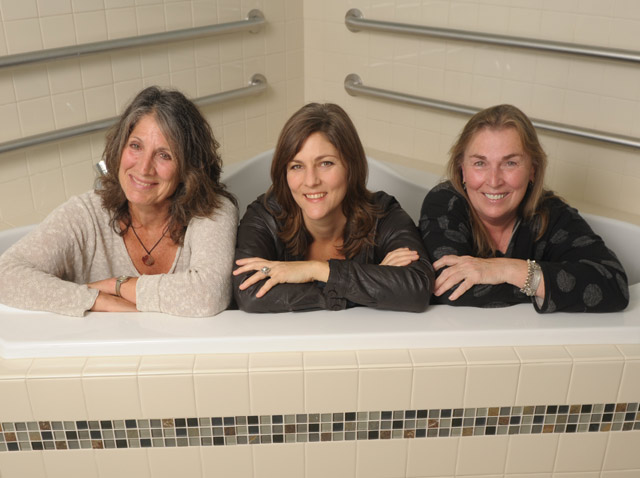
“That’s really where the passion is for us — getting to see over and over again just what a profound time of transformation this is for a couple and for a family and for a woman. It’s really worth it to guard and protect that aspect of the experience,” said Laurel Phillips, founder and president of the recently established Santa Barbara Birth Center. And guarding those intangible aspects of bringing a new life into the world is exactly what Phillips and her colleagues do — as well as ensuring a safe birth for both mother and child.
A free-standing birth center has been a missing link in the continuum of perinatal services in Santa Barbara, leaving childbearing families two birthing choices: Santa Barbara Cottage Hospital and home birth. The Birth Center provides a third option that combines the best elements of both hospital and home. Expectant mothers who desire the benefits of home birth may find that the center provides that next level of comfort, assurance, and peace of mind.
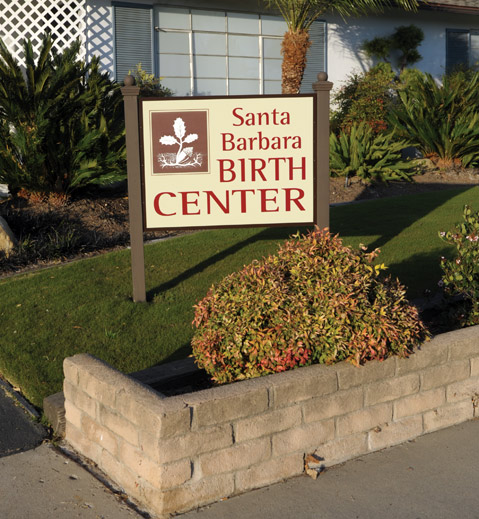
With family-focused maternity care in a homelike setting, the Birth Center’s core mission is to provide services, support, and education to low-risk childbearing women and their families. The center provides complete midwifery care for pregnancy and birth in collaboration with the greater medical community — in their view, a sound, integrative, and economical approach to maternity services for childbearing families. Women are attended by the same midwives throughout their pregnancy, labor, birth, and postpartum period, ensuring a high-quality continuity of assistance.
“The secret of the Birth Center,” explained Phillips, who is also a midwife, “is that it’s the same as a home birth, except there’s no responsibility on the parents to create the environment for the birth. They receive excellent, individualized care from the midwives, with the bonus of close proximity to the hospital and a peaceful, home-like environment that’s completely prepared to accommodate a birth.”
The knowledge that emergency procedures are available should they be needed, coupled with proximity to a hospital, has created interest among couples who previously would have never considered having a child out of the hospital. “I think we’ll get some people who are on the fence but open to a home birth,” Phillips said, “and we’ll definitely get people who have wanted some kind of alternative to the hospital that is not home, and that’s a new demographic for us.”
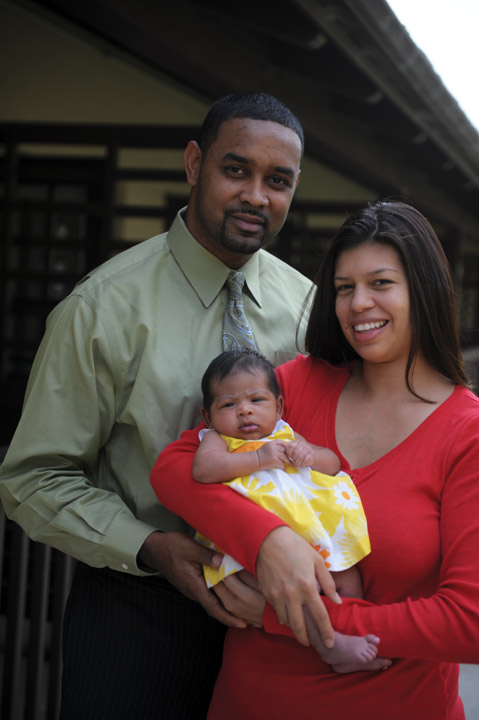
“Us” refers to Phillips; Alice Levine, CNM; and Anna Bunting, CNM, NP. Bunting and Levine have been attending to women who choose home birth as certified nurse-midwives since 1978. Bunting has worked at Planned Parenthood as a nurse practitioner for many years, and both she and Levine have provided midwifery care through the county health system for several years. Phillips, who completed her midwifery licensure in 2010, has been involved in births as a midwife apprentice and assistant, as well as a professional doula for women planning hospital births, for more than 12 years.
The trio follows the midwifery model of care, which regards childbirth as a normal physiological life event and a sacred, complex, and empowering experience for childbearing women and their families. The application of this woman-centered model of care has been shown to reduce the incidence of birth injury, trauma, and cesarean section. The midwives plan to hire additional personnel to meet increased demand as their practice grows. They have already expanded their team to include three birth assistants and expect to eventually bring in a fourth midwife, as well as hire nurses on a per diem basis.
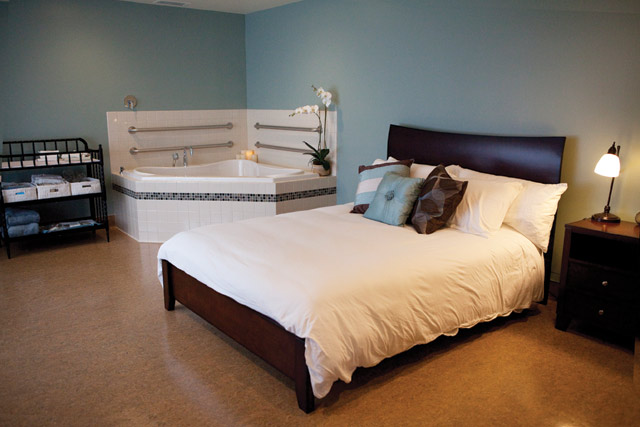
A Long Time Coming
The Santa Barbara Birth Center is Phillips’s brainchild, but she is far from the first to dream of opening a free-standing birth center in Santa Barbara. During the past 30 years, people have tried — and failed. When asked what was different this time, Phillips said, “I think it was sheer determination, because the usual obstacles presented themselves. The inspiration came from being continually asked by pregnant families, ‘Where is the birth center in Santa Barbara?’ With the closure of St. Francis Hospital and Goleta Valley’s Labor and Delivery Unit, this was the logical answer to a palpable community demand for another birth choice.”
The obstacles to which Phillips refers included finding the right location, procuring the necessary funding, and having the right team in place — in terms of both midwifery care and community support. A sine qua non in creating a birth center was the midwives’ good relationship with the medical community. Phillips admitted that the supportive reception of Birth Center was largely enabled by the three midwives’ long-standing reputation and proven track record. “We’re a known commodity. If we were new in town and tried to do this, I don’t think we would have had a chance.”
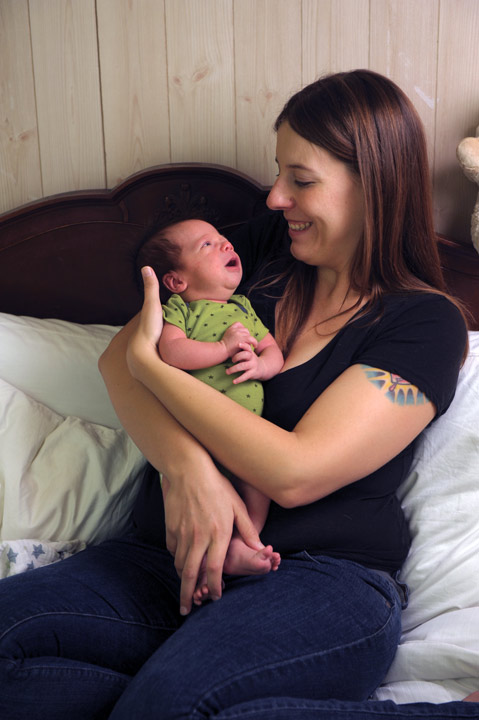
at 8 lbs. 2 oz., on October 10.
Although the nonprofit model is somewhat unusual for a birth center, it seemed a compelling fit for Santa Barbara’s sense of community ownership. Phillips credits the center’s Board of Directors and its volunteer base for bringing the vision to fruition. “In this economic climate — when it’s sort of nuts to start a business, let alone a nonprofit — I’ve been met by incredible support in terms of volunteer hours, skills, funding; it’s been heartwarming to see how deep the support is in this community for something like this. Every dollar of the construction was made possible by people who had the courage to go with this vision. We’ve had tremendous support from community foundations, none of which would have been possible without the Bower Foundation. They gave us $100,000, purely on their belief in our vision and trust in our team to execute it well.”
Although more than a quarter-of-a-million dollars was ultimately raised — via private donations, community foundations, and fundraising events, such as last week’s Toad the Wet Sprocket concert (Phillips’s husband is Toad frontman Glen Phillips) — to open the facility once Phillips and her team secured an ideal location, finding a spot to serve as the Birth Center’s new home wasn’t an easy task. At a time when commercial spaces stand empty on State Street, properties that fit their parameters were at a premium. After two-and-a-half years of scouting potential locations, they secured a lease on a low-slung bungalow at 2958 State Street, within six blocks of Cottage Hospital.
The Birth Center was designed by architect Eric Pedersen, who is responsible for much of the medical architecture in town (e.g., Sansum Diabetes Research Institute, Pain Management Institute, Rehabilitation Institute) and whose expertise in medical architecture and familiarity with clinical requirements has been a boon. “We wouldn’t have had a chance of pulling this off without him,” extolled Phillips. “He believes in the cause and shares the vision. He wanted to start a birth center here 10 years ago when he was starting a family because he saw the need, but didn’t get too far with it. The fact that he already knew what the city requires in terms of a medical space and how the permitting process works saved us so much time and headache. He’s been incredibly efficient and knowledgeable and designed everything so that we’re in the best position for licensure from the Health Department.”
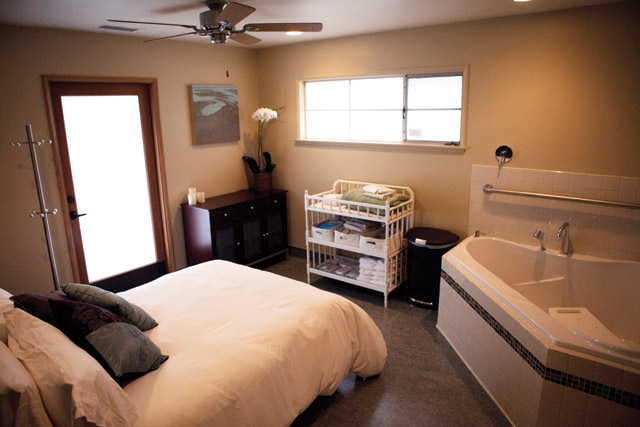
A Place to Be Born
Walking into the newly renovated space on upper State Street, the first impression is one of warmth and comfort. The homey environment includes a kitchen, wheelchair-accessible restrooms, two private birth rooms, and an exam room. From the earthy Marmoleum flooring to the wooden furniture to the fanciful tile in the bathrooms, the aesthetic is simple and clean. The two dedicated birth suites, designed for the expecting mother’s comfort, are private and peaceful. Natural light filters in. Organic linens adorn dark wood, queen-sized beds. Serene artwork graces the walls. Built-in deepwater tubs, for mothers who choose to labor in the water or desire a water birth, are large enough to accommodate both the woman and her partner.
Although the Birth Center’s primary focus is to guide women through pregnancy, birth, and early parenting, it offers personalized health care for every cycle of a woman’s life, from the teen years through menopause, via well-woman exams, preconception counseling, and teen education. The Annex, across the driveway from the main care center, houses an exam room (which can function as a third birth room with the addition of a portable tub), a bathroom, and a comfortable gathering space with a lending library of books and DVDs. The center serves a complementary function as a birth resource spot, where the community can attend classes, lectures, and film screenings to learn more about pregnancy, birth, and postpartum options. Comprehensive lists of community resources, from childbirth educators to lactation consultants, are available. Monthly potluck gatherings offer clients planning a birth at the center the opportunity for discussion, support, and community building.
Women experiencing low-risk pregnancies who desire natural childbirth, free from medical intervention, are ideal candidates for delivering at the Birth Center. Because labor and birth are considered routine life events as opposed to medical conditions, the rigid protocols often employed with obstetric care are not imposed on a woman laboring normally at the center. Throughout the pregnancy, as well as during labor and delivery, the midwives continually evaluate and assess whether or not the pregnancy and labor remain within the low-risk zone. As long as the mother and baby remain within healthy parameters, strict time frames for the progress of labor are not required. Holistic approaches are used for pain management; women are encouraged to move around in labor, eat and drink freely, and adopt any position they choose.
As the midwives monitor mother and baby during labor and birth, they are equipped, if necessary, to resuscitate both with Ambu-bag and oxygen, control hemorrhage by use of various drugs, and administer intravenous fluids for hydration, volume expansion, and delivery of intrapartum antibiotics and postpartum Pitocin. They will not induce or augment labor, offer drugs for pain relief (outside of local anesthesia while suturing any perineal tears), perform routine episiotomies, or deliver babies operatively. In the event that a mother requires medical intervention, the Cottage maternity unit and Neonatal Intensive Care Unit are nearby.
Phillips attests that the overall reception from the medical community has been positive. “It’s been 100 percent friendly and supportive. Our experiences with transfer to the hospital have been nothing short of excellent. The transfers are smooth, the reception has been good, the care is excellent, so my expectation is that our good relationship will continue. I realize not everyone agrees with the idea of out-of-hospital birth, but so far, people are polite and supportive and meet us there when we really need their help.”

The positive relationship between the midwives and the medical staff at Cottage is due in part to the midwives’ conservative practices. The Birth Center’s transport protocols allow for seamless and efficient transfer of care for a woman who needs an increased level of medical attention in labor and the immediate postpartum period. The midwives strive to facilitate clear communication with Cottage Labor and Delivery staff before and during relocation. “We transfer really appropriately,” asserted Phillips. “We don’t come in with a mess.” Although Cottage Hospital is available in the event that medical intervention becomes necessary, the midwives don’t have official backup from the hospital. “None of the doctors have been willing to sign on as our back-up physician, because they feel that that risks too much in terms of their own liability insurance. It would be one thing if we midwives were their employees, or under their policy, but we’re independent practitioners. We want a collaborative, collegial relationship, and we have that.”
A birth at the center costs $6,800. The midwives’ $5,000 birth fee is the same at the Birth Center as for a home birth and includes all prenatal care, on-call time, birth services, and postpartum care. “That sounds like a lot of money to a doctor who is reimbursed by insurance,” Phillips acknowledged, “but when you consider that there are three of us, every prenatal visit lasts at least an hour, we’re doing home visits, we’re spending the entire labor with the woman, we’re cleaning up afterward, and we’re doing home-visit postpartum care — the hourly wage is pretty ridiculous when you break it down and split it between the three of us. We’re also paying our birth assistants and buying supplies out of that.”
The additional facility fee of $1,800 supports the Birth Center and its operations. Clients are responsible for complete payment of the birth fee, which may be reimbursable under a PPO plan. The center will assist clients with billing so they can submit a reimbursement request that is specifically tailored to their insurance company. Insurance reimbursement differs for every carrier, but people generally receive 30 percent to 50 percent of the birth fee. It remains to be seen whether or not insurance companies will pay the Birth Center’s facility fee, which is separate from the birth fees (facility fees at hospital births are covered by insurance carriers).
“Insurance would do really well to realize how much money we save them,” Phillips stated pointedly. “It’s rare that someone gets 100-percent coverage for a birth-center birth. The frustrating part of offering this is that it can feel expensive to someone who’s coming up with the money out-of-pocket. Without having been through it, it can be hard to understand how incredibly valuable it is to experience this kind of care. We think this should be a birth right for everybody and should be paid for.”
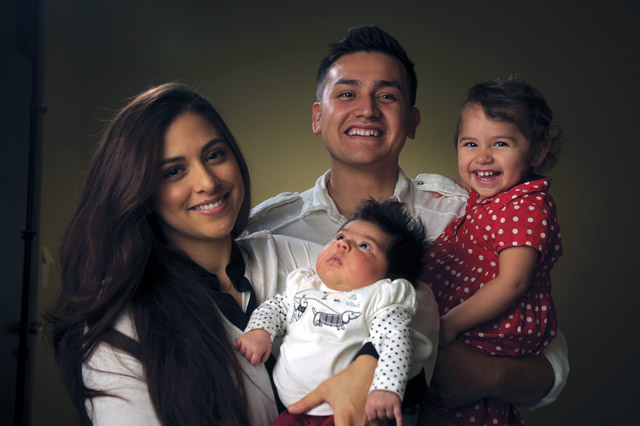
An Option for All
Although the Santa Barbara Birth Center is now open for business, fundraising continues. Part of its mission is to make midwifery care and the birth-center option available to all women who desire it, regardless of ability to pay. Having successfully raised the capital to secure and remodel the space, the center’s most immediate fundraising goal is to create a dedicated fund for women who need financial assistance in order to birth there, so as to never turn anyone away for lack of funds.
“The birth center is so much more than a pretty place to have a baby,” stressed Phillips. “It’s everything: the nine months of intensive education and support preceding the birth, the woman’s autonomy in labor and the goal of a gentle birth, and the excellent postpartum care. It’s not so much about having an alternative place as having a place where the intention is so clearly to support the spontaneous physiological birth, where the emphasis is not on the timeline but on the quality of experience and support for the woman, and that there’s a real reverence for the quality of experience for the newborn coming into the world.”
4•1•1
A grand-opening celebration featuring refreshments, music, and more will take place at the Santa Barbara Birth Center (2958 State St.) this Saturday, November 12, from 5-7 p.m. For more information, visit sbbirthcenter.org.



